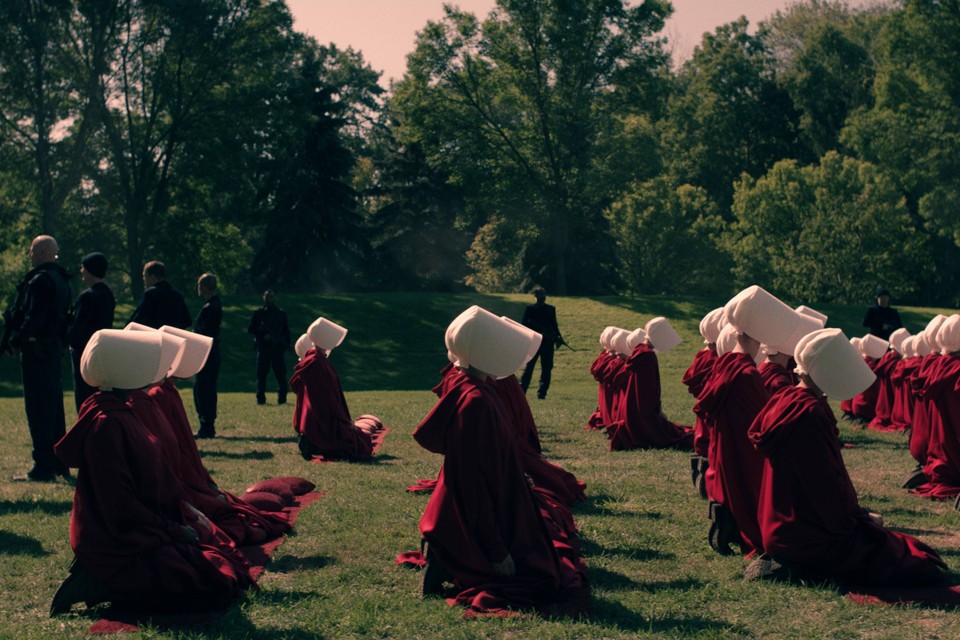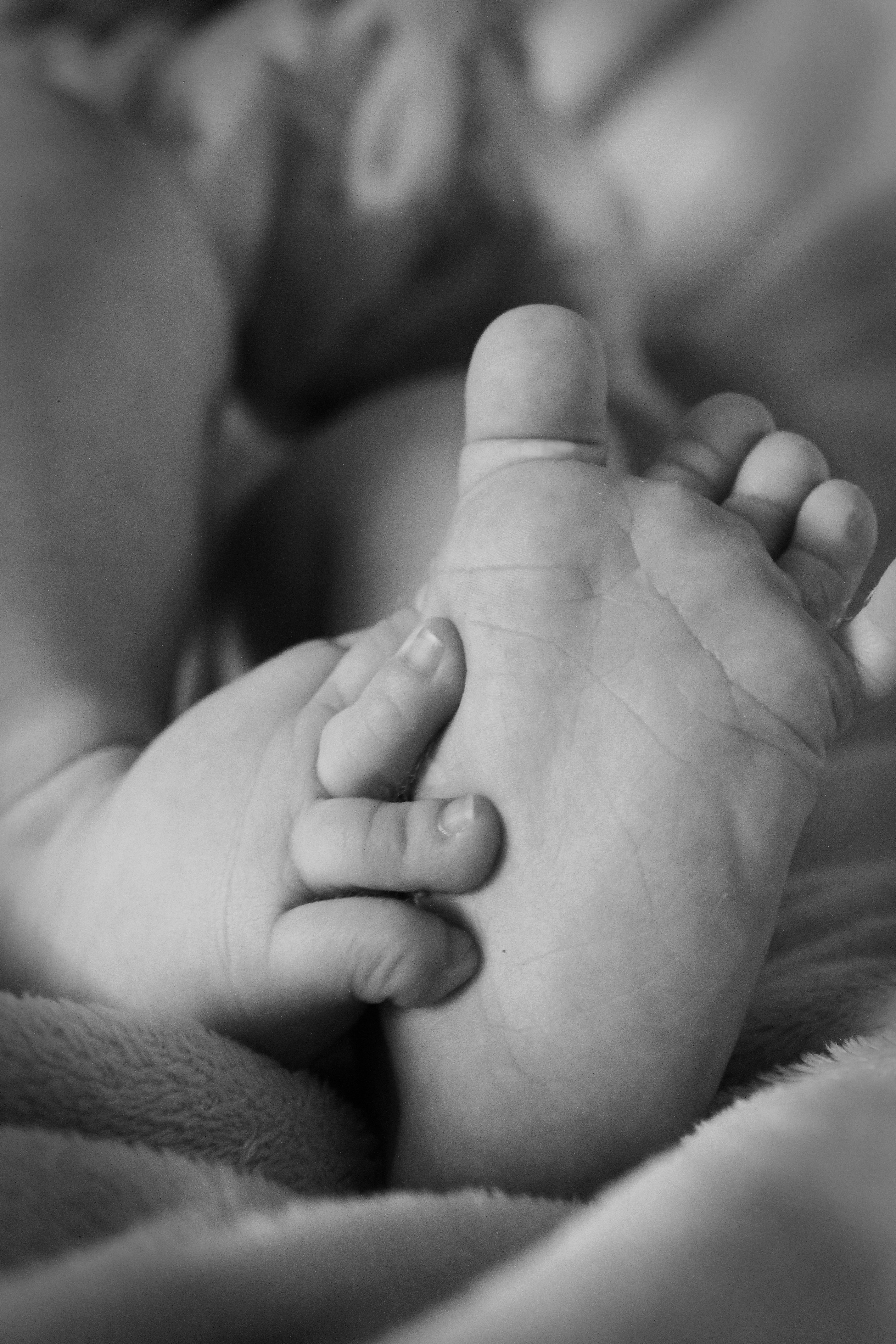
Mia Monaco
Professor Kelly Peinado
VC English V01A
10 November 2017
Tale as Old as Time
As one of our founding fathers Thomas Paine once said, “Persecution is not an original feature in any religion; but is always the strongly marked feature of all religions established by law” (Harbor Church). For thousands of years, Christianity has been used as tool of oppression to justify persecutions and many atrocities committed in ‘the name of Christianity’ such as the crusades and witch hunts. One of the most important themes throughout Margaret Atwood’s The Handmaid’s Tale is the misuse of conservative Christian beliefs as a way to justify manipulation and power. In Atwood’s story, which depicts a theocratic dictatorship in what is the future United States called the Republic of Gilead, people are stripped of their rights and orders are imposed on the people. They are essentially attempting something they believe is for the greater good by controlling people’s basic human rights and their main focus is to control people’s sexuality. Throughout the story we learn of many executions of people from opposition such as gays, prostitutes, abortion doctors, rapists as well as they outlaw divorce and destroy any form of pornography for they believe in doing these things as a manifestation of what they believe to be right. Their interpretation of what they believe to be correct is heavily based on the Bible. In my opinion, I believe that Atwood uses the misuse of conservative Christian beliefs as an analogy in her novel as a method of general control and the main reason as to why religion is used is because religion is considered authoritative and of which people usually correlate with morality. To be able to understand Atwood’s reasoning for why she thought the way that she did I have to dig deep into her views of why the Christian Right could be so dangerous and what events transpired that motivated her writing. In this essay, I will be talking about Atwood’s views of the Christian Right, how she thought the way that she did as well as the events that took place throughout the 1980’s that may have provoked her beliefs of them and how the general public viewed the Christian Right.
At the time Margaret Atwood began to write the Handmaid’s Tale, it was around 1984 in West Berlin, Germany when the Berlin Wall was still intact and many people like Atwood, felt a sense of wariness as well as feeling unsafe for their well-being. According to a New York Times article, “Margaret Atwood on What ‘The Handmaid’s Tale’ Means in the Age of Trump,” Atwood stresses that she experienced the feeling of being “spied on” and how she felt that “at any time established orders could vanish overnight (Atwood).” Although this isn’t an exact reference to Christianity, many of the corrupt leaders in power during the Cold War (in the 1980’s) were ones who had been bribed by leaders of the “Moral Majority” such as Jerry Falwell, that paid politicians to “advance” their “conservative agenda” on the people making them feel unsafe (Wacker). This had a big impact on influencing Atwood’s writing for many of the things she experienced play a huge role in her novel The Handmaid’s Tale. For example, when one of the characters Offred says, “it occurs to me that she may be a spy, a plant, set to trap me” this directly correlates to what Atwood experienced during her time of writing the novel (Atwood 169). Similarly to The Handmaid’s Tale, the people living in Berlin were very restricted for the Wall was separating all of Berlin and anyone who dare made an attempt to sneak by or across was shot by a guard. In Atwood’s novel, she writes about how the women were confined to their bedrooms and restricted to their daily outings, ceremonies and the executions much like the reality of Atwood during this time. Another great example of how the two show similarities is through brainwashing and propaganda. In Berlin, much propaganda was widely used in an “attempt to gain consolidate public support” which much of it contained “explicit political messages” to reinforce “conservative social values” which was integrated into “pop culture such as film, books, radio, and television” (Llewellyn). In the novel, Offred mentions that Aunt Lydia tells her “where I am is not a prison but a privilege” (Atwood 8). This is a prime example of how in Gilead much brainwashing and manipulation occurs to get the women to not think for themselves or question what is really going on with the government. To put this all into perspective, Atwood was clearly heavily influenced by her experiences in Berlin, and it also brings to light her opinion towards what went on during this time which is that there was something bigger going on throughout all of this that most were unaware of. Although Atwood never actually says her specific reasoning as to why she uses the Christian Right specifically as the source of manipulation in her story we can only speculate that it is because of the fact that much has gone on apart from the public eye and due to the fact that they are a religion people are convinced that what they stand for is justified.
As for the general public’s view of the events that transpired throughout the nineteen-eighties there are many different perspectives on the situation. According to Grant Wacker, from the National Humanities Center, who holds a Ph.D. from Harvard University, some see the approach of the Christian Right in terms of “right-wing radicalism, subversive at best, militant and dangerous at worst.” Others depict the Christian Right as more of an “effort to preserve real or perceived traditional values in modern society in general and modern secularism in particular” (Waker). Many who opposed them were “evangelicals” who remained “more interested in the charitable work of the church than the elections” (“The New Right”). Many others who opposed the group consisted of gays, leftists, human-rights activists, women, and feminists for their “common cause” over social issues was to “resist abortion rights, combat pornography” and “fighting against the rights of homosexuals” (McVicar). As for Margaret Atwood, she seems unbiased about her beliefs on the Christian Right but she also expresses throughout her novel, through her characters and plot how she feels about the use of Christianity to manipulate and brainwash people for political power and power generally which she sees as machiavellian. As far as the reason as to why she chooses the Christian Right specifically to target in her novel is because of many controversial things that have unveiled themselves over the years within the Christian Right and they seem to be the most active in social issues and political issues which raises controversy against them making them seem not as great as they make themselves out to be.
Throughout the nineteen-eighties many events transpired that heavily influenced Margaret Atwood in her writing with the Christian Right. The powerful leaders of the Christian Right and members of the “Moral Majority” had “raised money” to “defeat liberal senators, representatives, and governors” and sought to “control school boards” as a means imposing control” (“The New Right”). The Christian Right drew their support from “politically conservative Catholics, Jews, and Mormons” whose aim was to “change teachings in schools” after they were threatened by “the rise of communism, the Vietnam protests, civil rights conflicts, women’s liberation movement and the sexual revolution” (“The New Right”). They felt they needed to change what their children would learn in public schools and incorporate more Bible readings as well as prayers. Tying this back to The Handmaid’s Tale, in Atwood’s novel she shows us how the government in Gilead imposed full control of the women and sought to restrain women of their sexuality and would force them to have intercourse with the commanders solely for the purpose of procreation. This shows an uncanny resemblance of the two and how they impose a set of beliefs and what people should and shouldn’t learn and how they are forced into things whether they give consent or not. They were brainwashed into believe that this is what was right and were told not to question it or speak out against it.
With all of this in mind, I have come to the conclusion that Margaret Atwood uses the theme of the misuse of conservative Christian beliefs as a way to justify manipulation and power in The Handmaid’s Tale as a method of general control because Christianity is a powerful authoritative tool in manipulating people for it is held at a high standard amongst many people who follow the religion and is based upon morals so many believe that they would never use it as a means of brainwashing. From the events that took place throughout the 1980’s with the Christian Right we now have a better understanding as to why they can be seen as a dangerous power for it is easy to feed people to believe in what information they’ll easily believe. As we have come to conclude, Margaret Atwood’s interpretation of what the Christian Right exemplified throughout the 1980’s makes it easier to understand her reasoning behind writing her novel. Clearly, as you can see whether you are religious or not, you cannot deny the blatantly obvious fact that people can corrupt and take advantage of the power they have as a means of control for it has happened many times throughout history which is what Margaret Atwood intended to portray in her novel.
WORKS CITED:
Atwood, Margaret. The Handmaid’s Tale. New York Houghton Mifflin Harcourt, 1985.
Atwood, Margaret. “Margaret Atwood on What ‘The Handmaid’s Tale’ Means in the Age of Trump.” The New York Times, The New York Times, 10 Mar. 2017, Web. 9 November 2017 https://www.nytimes.com/2017/03/10/books/review/margaret-atwood-handmaids-tale-age-of-trump.html
Church, Harbor. “What Roger Williams, the Founders, and Baptists Said about Church and State.” Block Island Times, 14 Nov. 1970, Web 7 November 2017 http://www.blockislandtimes.com/affiliate-post/what-roger-williams-founders-and-baptists-said-about-church-and-state/30028
Llewellyn J, et al, “Cold War propaganda”, Alpha History, Web. 10 November 2017. http://alphahistory.com/coldwar/cold-war-propaganda/.
McVicar, Michael J. “The Religious Right in America.” Religious Right in America – Oxford Research Encyclopedia of Religion, Oxford Research Encyclopedia, 8 June 2017, religion.oxfordre.com Web. 10 November 2017. http://religion.oxfordre.com/view/10.1093/acrefore/9780199340378.001.0001/acrefore-9780199340378-e-97
“The New Right.” Ushistory.org, Independence Hall Association, www.ushistory.org/us/58e.asp.
Wacker, Grant. “The Christian Right.” The Twentieth Century, Divining America: Religion in American History, TeacherServe, National Humanities Center, Duke University Divinity School, Oct. 2000. Web. 10 November 2017. http://nationalhumanitiescenter.org/tserve/twenty/tkeyinfo/chr_rght.htm




